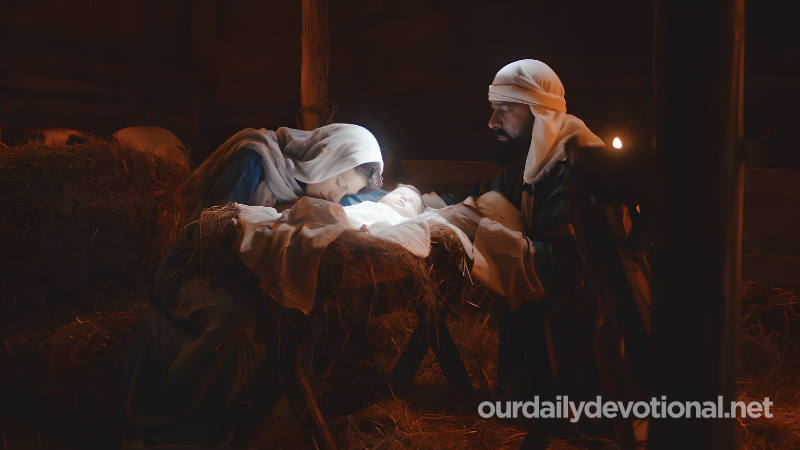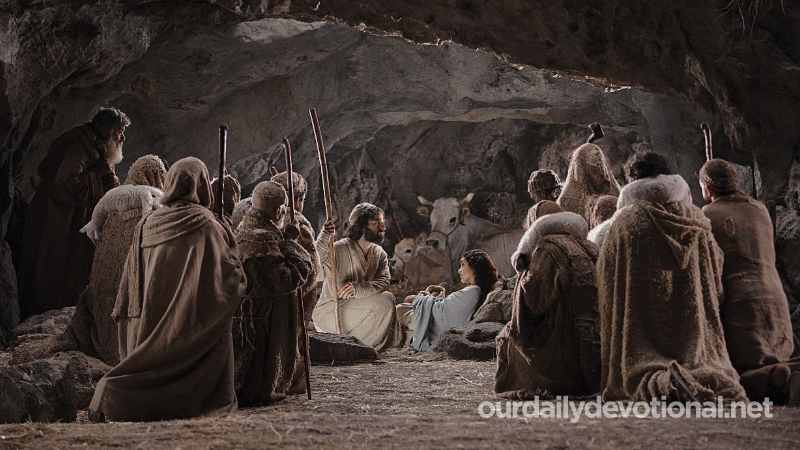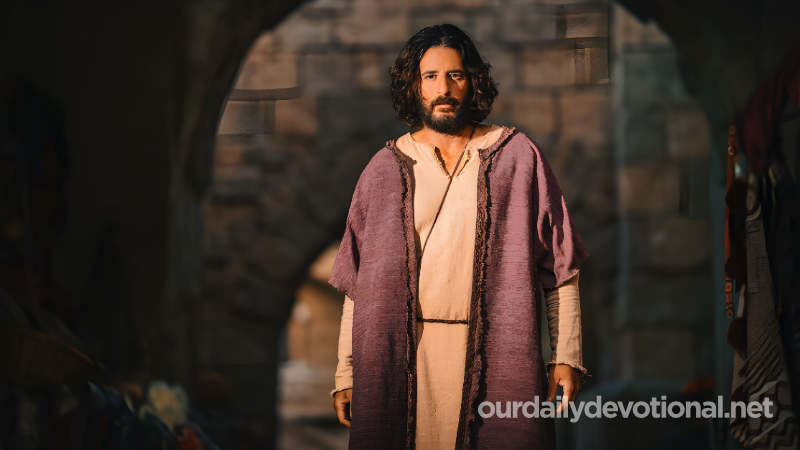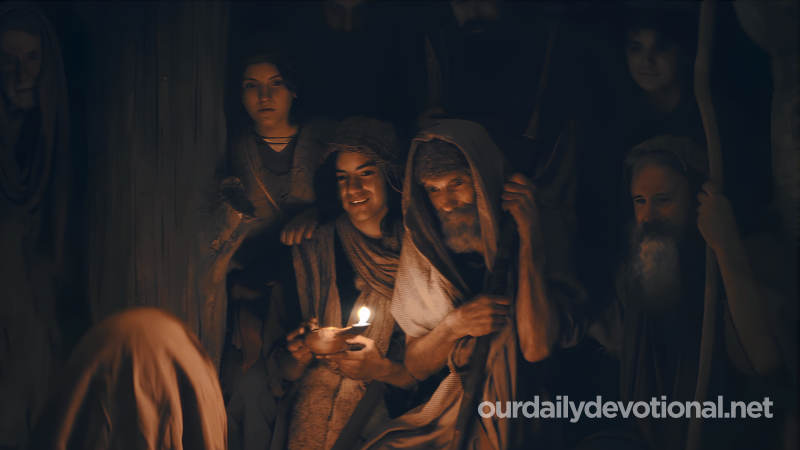It is also called the Ark of God, the Ark of the Testimony, the Ark of Jehovah. It was the sacred chest of the Tabernacle and the Temple. It was made of acacia wood, covered inside and out with pure gold. It was 2-1/2 cubits long and 1-1/2 cubits wide and high, with a crown or cornice of gold around it.
It had gold rings on each side where the bars with which it was transported were inserted. Its cover, on which there were two cherubs made entirely of gold, was called the MERCY (see). The ark was a type of Christ in that it was a figure of the manifestation of divine justice (gold) in man; The mercy seat was the throne of Jehovah, his dwelling place on earth.
In the ark were placed the two tables of stone (the justice that God demanded of man) and then the golden vessel containing manna, and Aaron's rod that budded. Regarding the place of the ark and how it was moved, see TABERNACLE.
During the children of Israel's first journey from Mount Sinai the ark of the covenant went before them, "seeking a resting place for them," exemplifying God's gracious care for them (Num. 10:33).
When they reached the Jordan, the ark was carried by the priests 2,000 cubits ahead of the hosts, so that they would know which way they should go (Josh. 3:3, 4), and the ark remained on the shoulders of the priests on the bed. of the river, until all had passed over (Josh. 3:17). This is a type of the association in the death and resurrection of Christ.
The ark accompanied them in their first victory at Jericho. It is only by the power of Christ in resurrection that the believer can have victory. The tabernacle was planted in Shiloh, and undoubtedly the ark remained there (Josh. 18:1). In the days of Eli, upon seeing themselves defeated by the Philistines, the Israelites went to look for the ark in Shiloh, so that it would save them.
They were again defeated, and the ark, in which they had placed their trust, rather than in Jehovah, was taken by the Philistines (1 Sam. 5:1). But the ark caused them such misfortunes that they decided to return it to the Israelites and placed it on board a new chariot.
This one, drawn by two cows that were breeding, without any driving, miraculously got away from his calves and headed towards Beth-shemesh. There, God struck the men of that place for having looked into the ark. He remained afterwards in the house of Abinadab (1 Sam. 6; 7: 1, 2), in Kiriath-jearim.
Years later David wanted to take the ark to Jerusalem, imitating the way the Philistines had done it, who ignored God's precise instructions in the law about how it should be carried.
A misfortune ensued from this, for David should have known the Law, and was guilty of neglect of sacred things, along with those around him. Taken to the house of Obed-edom, God blessed this house. Then David had the ark carried again, this time following divine order, on the shoulders of the Levites (2 Sam. 6).
When Solomon had built the temple, the ark was carried there, and the staves with which it was carried were removed: the ark had now found its resting place in the kingdom of Solomon, which typifies the millennial kingdom. There were only the two stone tables of the law (1 Kings 8:11).
The manna had ceased when they ate of the fruit of the earth, which typifies the heavenly Christ; and the testimony of Aaron's rod was not needed now that they were in the theocratic kingdom.
The wilderness circumstances, in which the manna and priesthood of Christ were so needed, had now passed. This is mentioned in Hebrews (Heb. 9:4) because there what is considered is the tabernacle and not the temple; the pilgrimage and not the rest.
No further mention is made of the ark; It is assumed that she was taken with the sacred vessels to Babylon and never returned. If so, there was no ark in the second temple or in the temple erected by Herod.
Nor do we read of any ark in connection with the temple described by Ezekiel. In Revelation the ark of the covenant of God is seen in the temple of God in heaven (Rev. 11:19). It is a symbol of the resumption of God's dealings with the people of Israel.
Meaning of ARK OF THE COVENANT
It is also called the Ark of God, the Ark of the Testimony, the Ark of Jehovah. It was the sacred chest of the Tabernacle and the Temple. It was made of acacia wood, covered inside and out with pure gold. It was 2-1/2 cubits long and 1-1/2 cubits wide and high, with a crown or cornice of gold around it.







